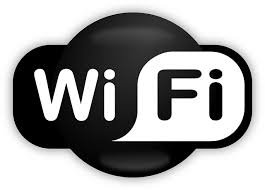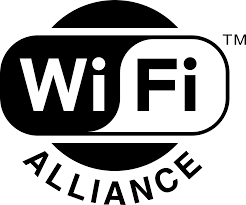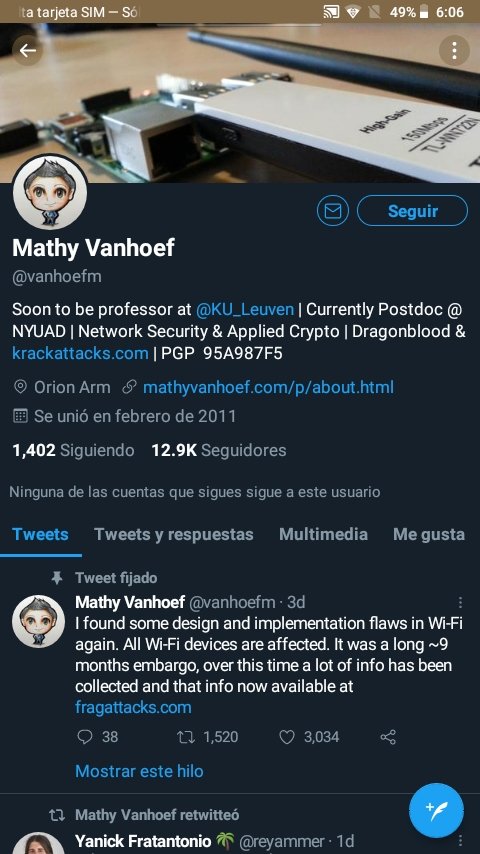
Today it is a totally objective and undeniable fact that the internet has become a fundamental part of our lives and practically everything has to do with it before if you wanted to send money from one bank account to another you had to go to an office now you can do it from your cell phone and thus seeing to buy virtually anything you want to communicate and many other things and there are my grandparents have android phones but well the more popular technology becomes the more exposed we can become at the time of use today we are going to talk about something quite curious and is that there is a but that has nothing more and nothing less than 24 years old which could endanger all of us who use the internet then I'll tell you all the details if it is the first time you come here I invite you to follow me my name is Steven and welcome to my blog
✨✨✨✨✨✨✨✨✨✨✨✨✨✨✨
First of all like 24 years ago and 24 years ago there was no Wi-Fi and I know that more than one of you wonder but I am sorry to tell you my dear pro hacker master crack that 24 years ago if there were wireless connections what happened is that it was only in 1999 when a consensus was reached between different companies to establish a single standard that was compatible between all computers and that was where the W.S.A was born which later would become the Wi-Fi alliance.

For the 2000 would appear the IEEE 802.11 b standard under the brand or trade name Wi-Fi and what I mean by all this because before there was what we know today as Wi-Fi there were already different standards and protocols with which you could connect to the internet wirelessly to reach the Wi-Fi and those protocols were not redesigned from scratch but rather were adapted to be compatible with each other and that's where our little existing problem since 1997 or rather our small series of problems because it is not one of these vulnerabilities were discovered by type you see here
And the risks that these can pose to users range from collecting information that should not be collected to direct execution of malware according to the expert virtually all current devices capable of connecting to wifi are susceptible to at least one of all these vulnerabilities and the point is that three of these vulnerabilities directly affect the Wi-Fi standard so it is not a problem of a brand or model of device as such which means that they can hack from your smart security camera to your blender (If your blender has Wi. Fi of course) this is especially delicate today when the internet of things is present in virtually everything that exists and there are even lamps that connect to wifi is that according to various sources of these vulnerabilities can be exploited in virtually any device regardless of brand, model or operating system modus operandi is as follows basically these attacks can get to take advantage of the way in which the standard Wi- Fi standard breaks the packets that is to say the information that circulates between the router and the user allowing in some way that someone can intercept the connection and even as it was said before to execute malware the good news of all this is that at the moment to the Wi-Fi alliance and the different brands that conform it. Fi alliance and the different brands that conform it is already working on different patches to solve this vulnerability so the recommendation I give you is that you update your device as soon as possible so that you avoid to the maximum to be exposed to all this the sources to the information are at the end of the post we read each other in a next opportunity take care a lot wash your hands do not fall in love and follow me until the next one.
(If you like my content I would appreciate that you contribute to me to be more constant, I would also like you to help me with suggestions such as what tags to use etc).
Source: Here.
The Wi-Fi logo is a certification mark of the Wi-Fi alliance.
Fair use is a jurisprudential criterion developed in the common law system, which allows limited use of protected material without requiring permission from the owner of those rights, for example, for scholarly or informational use. It allows the legal, unlicensed quotation or incorporation of protected material in a work by another author, subject to the fulfillment of four conditions.
